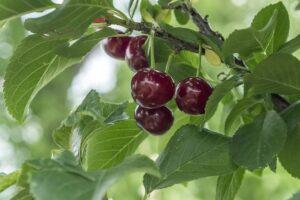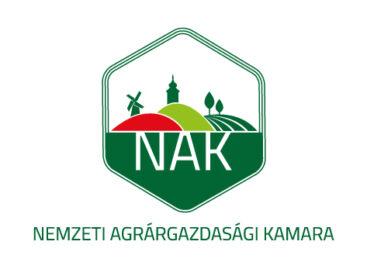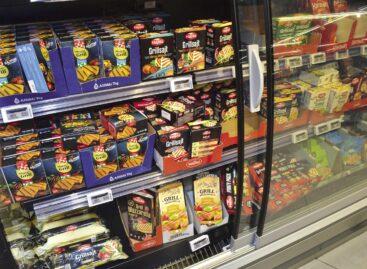Most of the Hungarian county goes to Germany
This year’s cherry season has started with the picking of the early varieties. Juicy, high-quality fruits are also on offer this year – draw attention to the National Chamber of Agrarian Economy (NAK) and FruitVeB – Hungarian Vegetable and Fruit Association and Product Council. Hungary is the third largest cherry producer in Europe. The Hungarian cherry is in high demand abroad due to its unique flavor and excellent content. Harvesting of early cherry varieties has started in the past few days.

(Photo: Pixabay)
In the following weeks, the Hungarian cherry will continue to enter the shops and markets. The cherry harvest is typical it starts at the Danube-Tisza junction and ends in the agricultural landscape of the Szabolcs-Szatmár-Bereg county. This year, 13,000 hectares are cultivated in Hungary, the distribution of which is as follows: Szabolcs-Szatmár-Bereg, Heves, Pest, Győr-Moson-Sopron and Bács-Kiskun counties.
The annual yield is typically around 60,000 tons
Even now, the specialists are forecasting a near-average quantity, although the spring frosts, the cold, windy, rainy weather during the flowering period, and the significant temperature fluctuations during the fruit set period caused a significant drop. Although weak crop attachment usually means crop loss, due to the larger size of the remaining fruits, the national crop can only be 15-20% less than last year. Growers were able to protect themselves against serious monilia infection damage caused by rainy weather during flowering with increased plant protection interventions.
According to a survey previously carried out by the National Chamber of Agriculture and Fruitveb, the largest areas are cultivated in the largest areas of Érdi bőtermő, Újfehértói kürtös, Debrecen bőtermő and Kántorjánosi varieties
Domestic cherry consumption is on average 10,000-15,000 tons per year. In addition to fresh cherries, canned cherries are also very popular and can be found on store shelves all year round. Due to their excellent content values, the Hungarian cherry varieties are also in great demand on the German market. A significant part of domestic cherries, usually 60-80 percent, is exported, mainly to Germany, a significant part of which is canned. In general, the majority of Hungarian cherries are used in the – domestic and foreign – canning industry, in addition, they are also used in the refrigeration (frozen), juice production, fresh market and drying industries, as well as in the brandy industry.
NAK
Related news
Hungarian strawberries are already ripening, a good harvest is expected this year
Hungarian strawberries are already ripening in heated and unheated foil…
Read more >Displacing the voles and the invasive plant is a challenge at the same time
In the last hundred years, February and March have been…
Read more >NAK organizes a professional day and market presentation focusing on farmers’ markets
The National Chamber of Agrarian Economy and the Corvinus University…
Read more >Related news
Grilling cheese didn’t go up in smoke
The average price of grilling cheese is much higher (nearly…
Read more >What do shoppers say about the new retail tools?
At the beginning of the year, Consumer Panel Hungary GfK–YouGov asked panel…
Read more >Special foods ranking: 1. Diabetic, 2. Low-carb, 3. Lactose-free
Different special diets and foods are frequently discussed, and it…
Read more >







